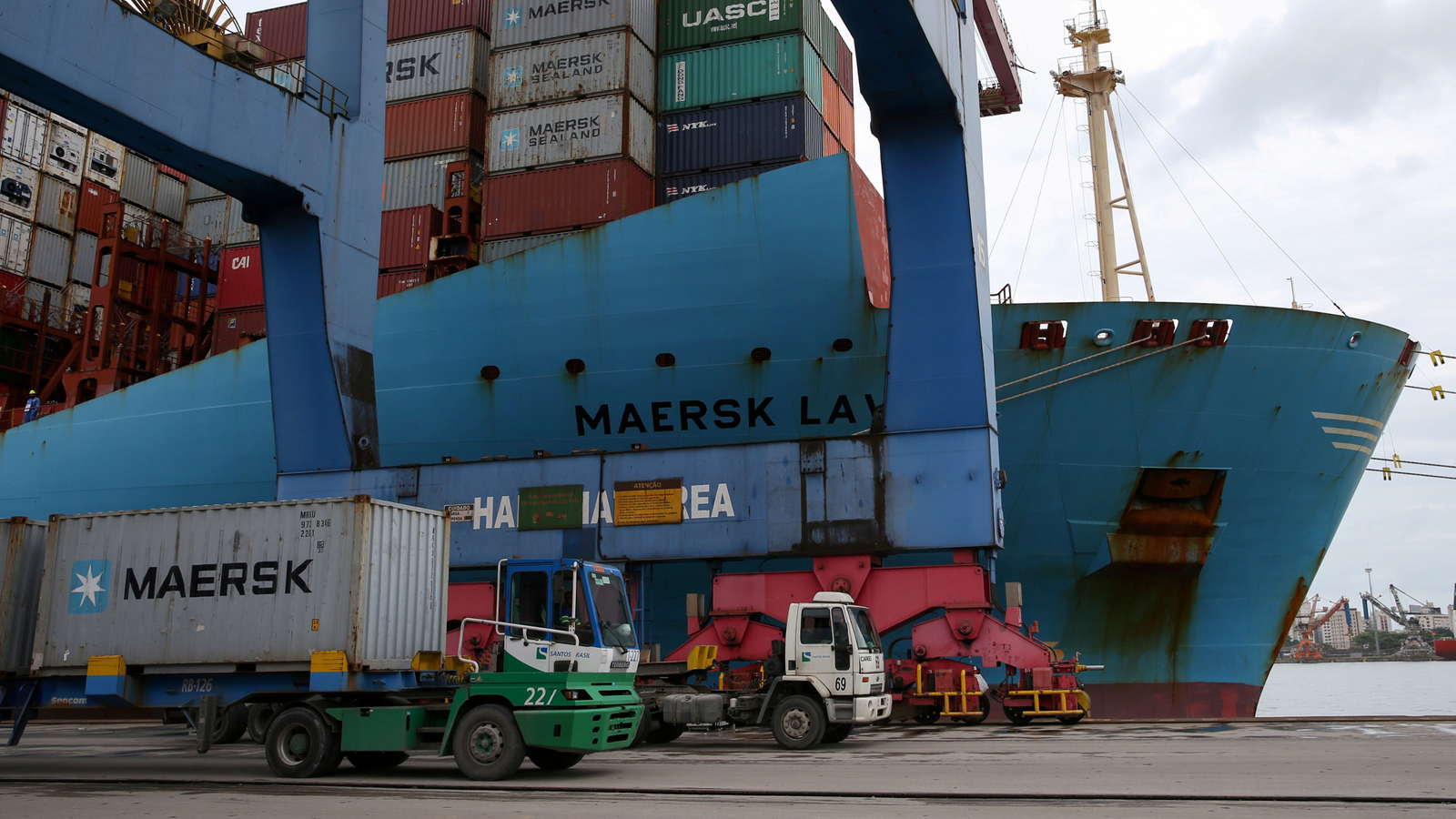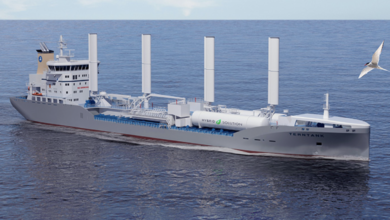Sea‑Intelligence : NAWC volume growth slowing in 2022-Q2

The topic of record profits of container shipping companies is returning to the center of debate in the sector after the publication of the new exceptional results for the second quarter of the year. Maersk, for example, reported profits of 8.6 billion dollars (about 8.46 billion euros), while for colleague Hapag Lloyd these were equal to 8.94 billion dollars (8.7 billion euros ).
In truth, the frontal attack launched a few weeks ago by Joe Biden, the approach of a decision by the European Commission on the possible further extension of the exemption regime from the standard antitrust legislation (in this regard, Brussels has also launched a consultation in the recent days), but also the OECD analyzes that indicated the phase of sea transport as one of the major causes of inflation have ensured that this has not gone off the radar even in recent months. Shipping Italy reported

In other words, the newspaper, on the basis of an analysis by Sea-Intelligence, asked – or rather, it asked two authoritative observers of the sector – whether the levels of taxation to which the owners of container ships are subjected are adequate or not. whereas, to return to the two examples above,
Maersk will pay taxes for the second quarter of 2022 for $ 164 million (1.8%) and Hapag Lloyd for $ 20.8 million (0.5%) and that, according to estimates of Blue Alpha Capital, this year the profits of the 11 largest liners will total $ 256 billion, 73% more than in 2021.
Growth slowing
On the other hand In the second article of issue 576 of the Sunday Spotlight, They analysed the container handling statistics for the major North America West Coast ports (Los Angeles/Long Beach, Oakland, Prince Rupert, Vancouver, and Seattle/Tacoma) to see the volume growth in 2022-Q2.
While we normally use a Y/Y growth metric in our analyses, because of the volatile nature of the pandemic years, the Y/Y growth in 2021-1H becomes distorted and overly inflated (due to the contraction in 2020-1H). Hence, They have also used an annualised growth rate with 2019 as its base, which was the last “normal” year pre-Covid.

On a Y/Y basis, North America West Coast laden inbound volumes contracted heavily in the second half of 2021, but the annualised growth over 2019 shows that this is more an artefact of strong 2020-2H growth.
Rather, what we have seen is that when compared to 2019, there has been continued growth since July 2020, although it has slowed from the highs of 20% in 2020-2H, to mostly in the 0-5% range through second-half 2021.
In 2022, the Y/Y change has been negative in 4 out of the 6 months, although the June 2022 growth was 4.0%. On an annualised basis however, the growth rate has largely been under 6% since the second half of 2021, although there was a sharp increase to 14.2% in March 2022.
In the last few months however, the annualised growth rate has slightly level-shifted upwards slightly to 4%-8%, although the overall trend in 2022-Q2 has been downwards.
Another point of note is that carriers are continuing to prioritise empty container exports out of North America West Coast. However, with demand growth slowing down, carriers might be looking at a lower utilization on the head-haul, and we might start to see an increase in laden exports out of North America West Coast.
The laden to empty container export ratio, which is at 0.5 right now (favour empty exports), will then also start to increase














